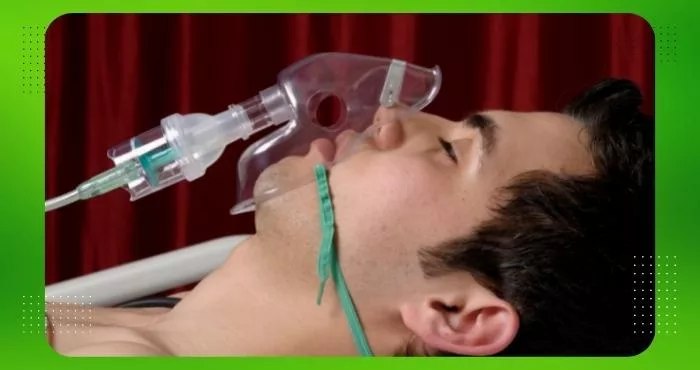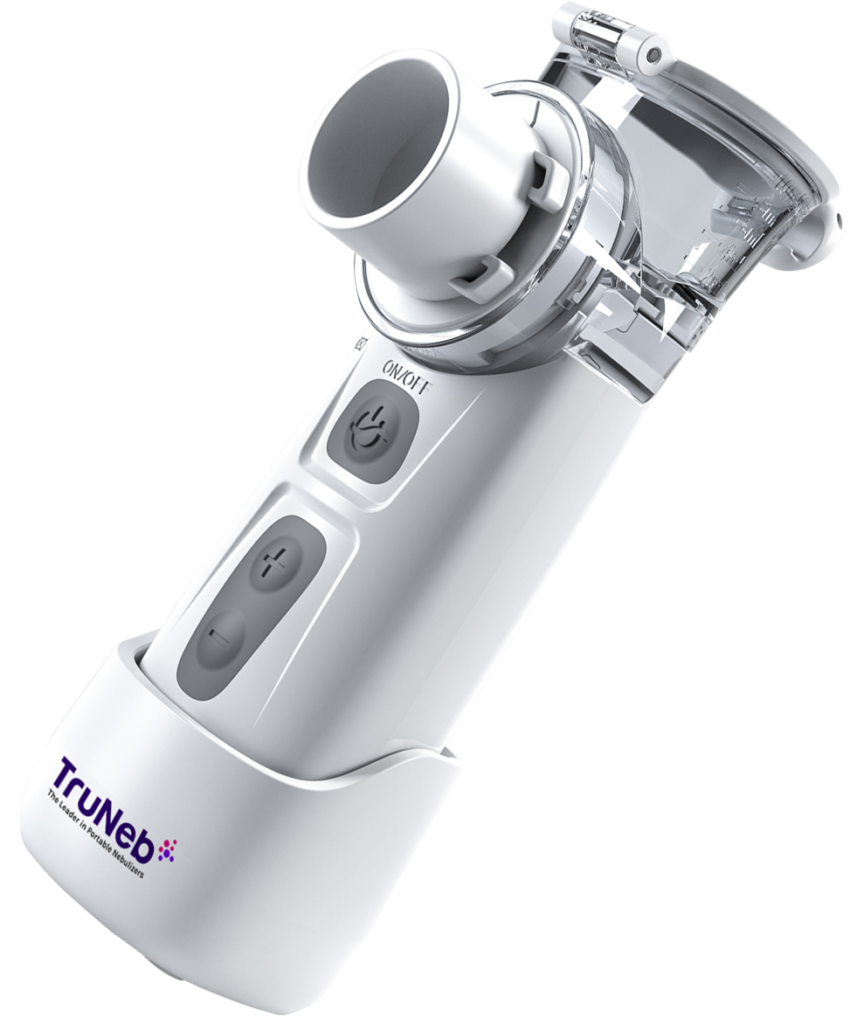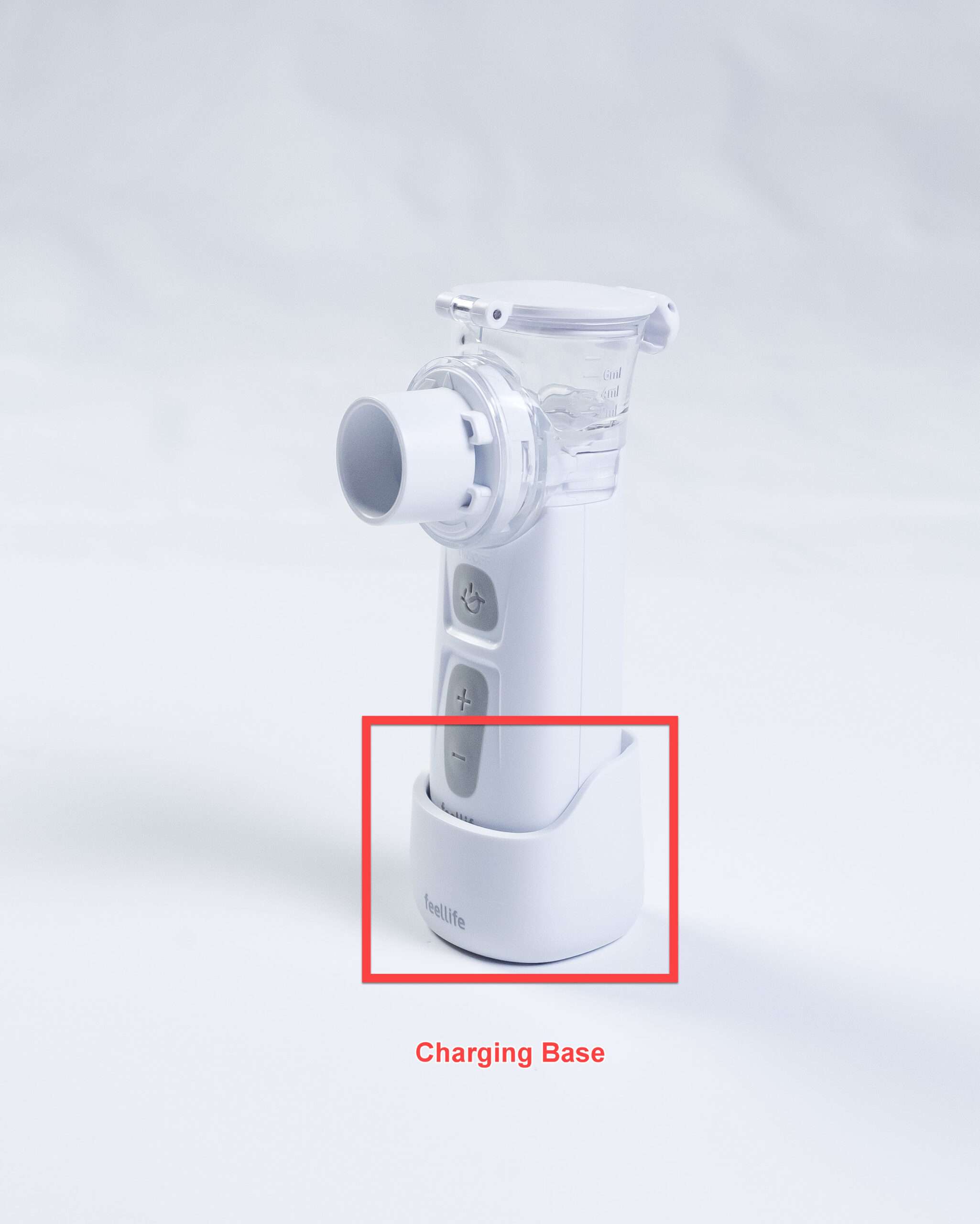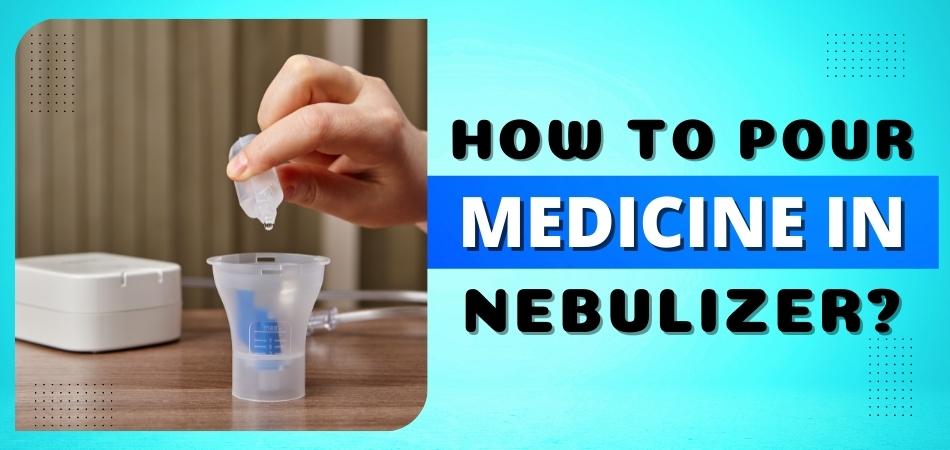Many people with respiratory conditions undergo nebulizer treatments to help them breathe easier. Nebulizers convert medication into a mist that can be inhaled by the patient. The treatments can be long and tiring, but there are some things you can do to make them more comfortable.
If you have asthma or another lung condition, you may use a nebulizer to take your medication. This device turns liquid medicine into a fine mist that you breathe in through a mouthpiece or mask. A nebulizer treatment usually takes about 10 minutes.
In this article, we will discuss how to breathe during a nebulizer treatment. Follow these tips, and you’ll be able to get the most out of your treatment!
Here are some tips on how to breathe during a nebulizer treatment: Sit up straight and relax your muscles. Breathe normally through your mouthpiece or mask.
Should I Breathe Through My Nose or Mouth when Using a Nebulizer?
When using a nebulizer, you may have been told to breathe through your mouth. But is this the best way to use this type of medication delivery system? In short, it depends on your situation. Here’s a closer look at the pros and cons of breathing through your nose or mouth when using a nebulizer.
The main advantage of breathing through your mouth is that it allows the medication to reach your lungs more quickly. This can be important if you’re using the nebulizer to treat an acute asthma attack or another condition that requires quick relief.
However, mouth breathing can also have some downside. For instance, it can cause you to swallow some of the medication, which reduces its effectiveness. In addition, mouth breathing can dry out your throat and cause you to cough more.
On the other hand, nose breathing has its own set of advantages and disadvantages. One advantage is that it allows the medication to be absorbed more slowly, which may be beneficial if you’re treating a chronic condition such as COPD.
Nose breathing can also help to reduce the amount of medication that you swallow, which means that more of it will reach your lungs. However, nose breathing can also make it more difficult to get the full dose of medication into your lungs, and it may cause you to experience more side effects such as Nasal congestion.
Ultimately, the decision of whether to breathe through your nose or mouth when using a nebulizer should be made based on your individual needs and preferences. If you’re not sure which method is right for you, talk to your doctor or respiratory therapist.
How Do You Breathe with A Nebulizer Mask?
If you have a nebulizer mask, it is important to know how to properly use it in order to get the most out of your treatment. Here are some tips on how to breathe with a nebulizer mask:

- Sit up straight and upright while using the nebulizer. This will help ensure that the medication gets into your lungs and not just your mouth or throat.
- Place the nebulizer mask over your nose and mouth, making sure that it fits snugly around both areas. 3. Turn on the nebulizer and allow it to start running for a few seconds before starting to breathe in and out slowly and deeply. Try to take deep breaths in through your nose and out through your mouth so that you are evenly breathing in and out.
- Continue breathing slowly and deeply until all of the medication has been used up (usually about 5-10 minutes). Once finished, turn off the machine and remove the mask.
Do You Leave Oxygen on When Using Nebulizer?
For most people who use nebulizers, the answer is yes – you do need to leave the oxygen on when using your nebulizer. There are a few reasons for this.
- First, oxygen helps to ensure that the medication you’re inhaling gets deep into your lungs where it can be most effective.
- Second, in some cases, nebulized medications can actually increase the amount of oxygen in your blood, and leaving the oxygen on helps to keep this from happening.
- Finally, if you have any respiratory problems or other conditions that might make it difficult to breathe, using supplemental oxygen while you’re using your nebulizer can help prevent any problems.
Nebulizers are devices that allow patients to breathe in medication through a mouthpiece or face mask. These devices are commonly used to treat conditions such as asthma, COPD, and cystic fibrosis. One of the most important things to remember when using a nebulizer is to always leave the oxygen on.
This is because oxygen helps to keep the vapors from the medication from condensing in the tubing and mouthpiece. It also helps to prevent the medication from being absorbed into the bloodstream too quickly.
As a result, leaving the oxygen on during neb treatments is crucial for preventing adverse effects and ensuring that the patient receives the full benefit of the medication.
How Long Do You Inhale a Nebulizer?
Assuming you are asking how long one should run a nebulizer, the answer is typically 5-10 minutes. Some sources say to do it for as long as the medication cup is full, but 5-10 minutes is generally accepted. There are some treatments that may need to be run for longer periods of time (up to 20 minutes), so always follow your doctor or respiratory therapist’s directions.
Inhaling a nebulizer usually takes about 10 minutes. The machine typically dispenses a saline solution or medication into the air. The person then breathes in the mist through a mouthpiece or mask. A nebulizer is a type of inhaler that is used to deliver medication to the lungs. The medication is typically a liquid, which is turned into a fine mist by the machine.
This mist is then inhaled by the person, who breathes it into their lungs. Inhaling a nebulizer usually takes about 10 minutes. The machine typically dispenses a saline solution or medication into the air. The person then breathes in the mist through a mouthpiece or mask.
Nebulizers are often used to treat respiratory conditions, such as asthma and COPD. They are also sometimes used to deliver drugs that are not easily inhaled, such as beta-blockers and steroids. Nebulizers are available without a prescription and can be purchased at most pharmacies.
Nebulizer Breathe Through Mouth or Nose
If you have asthma, bronchitis, or other lung conditions, you may use a nebulizer. This machine turns liquid medicine into a fine mist that you can breathe in through your mouth or nose. But which is better—breathing the mist in through your mouth or nose?

The answer may depend on what type of nebulizer you have and what medication you’re using. Some people find it easier to breathe in the mist through their mouths. Others find it more comfortable to breathe through their noses. And some medications work better when inhaled through the nose.
Here are some things to consider when deciding whether to breathe in the mist from your nebulizer through your mouth or nose:
- Ease of breathing: If it’s difficult for you to breathe in the mist through your nose, try breathing through your mouth instead. You may find it easier to take deep breaths and get a good amount of medication into your lungs this way.
- Nasal congestion: If you have a stuffy nose, it may be hard to breathe in the mist through your nostrils. In this case, try breathing through your mouth instead.
- Medication: Some medications work better when inhaled through the nose (such as corticosteroids), while others work just as well when inhaled through the mouth (such as albuterol). Talk to your doctor about what’s best for you.
How to Use Nebulizer With Mouthpiece?
A nebulizer is a device that helps deliver medication to your lungs in the form of a fine mist. It’s often used to treat conditions such as asthma, COPD, and cystic fibrosis. The medication is typically inhaled through a mouthpiece attached to the nebulizer.
Here’s a step-by-step guide on how to use a nebulizer with a mouthpiece:
- Fill the nebulizer cup with the prescribed amount of medication. Be sure to use sterile water if your medication requires it.
- Connect the tubing from the nebulizer cup to the air compressor. Turn on the compressor and check that the airflow is not obstructed.
- Place the mouthpiece between your teeth and close your lips around it, making sure there’s no gap between your lips and the mouthpiece. Try not to bite down on the mouthpiece.
- Inhale deeply and steadily through your mouth until you’ve taken in all of the medication (this usually takes 5-10 minutes). Avoid holding your breath while using the nebulizer just keep breathing normally throughout treatment.
- Once you’re finished, turn off the compressor and disconnect all tubing from the machine.
Conclusion
Nebulizer treatments can be a bit daunting, especially if it’s your first time. But with a little knowledge about how to breathe correctly, you can make the experience easier on yourself and maximize the benefits of your treatment.
Why is TruNeb™ the Best Portable Nebulizer?
If you’re looking for the best portable nebulizer on today’s market, look no further than our product! The TruNeb™ turns your liquid medication into a mist that lives in between air molecules. This allows it to be quickly delivered right into the lungs where needed giving relief immediately when we need it most without delay or worry of an accident happening while taking these precious medications with us wherever life takes us.



